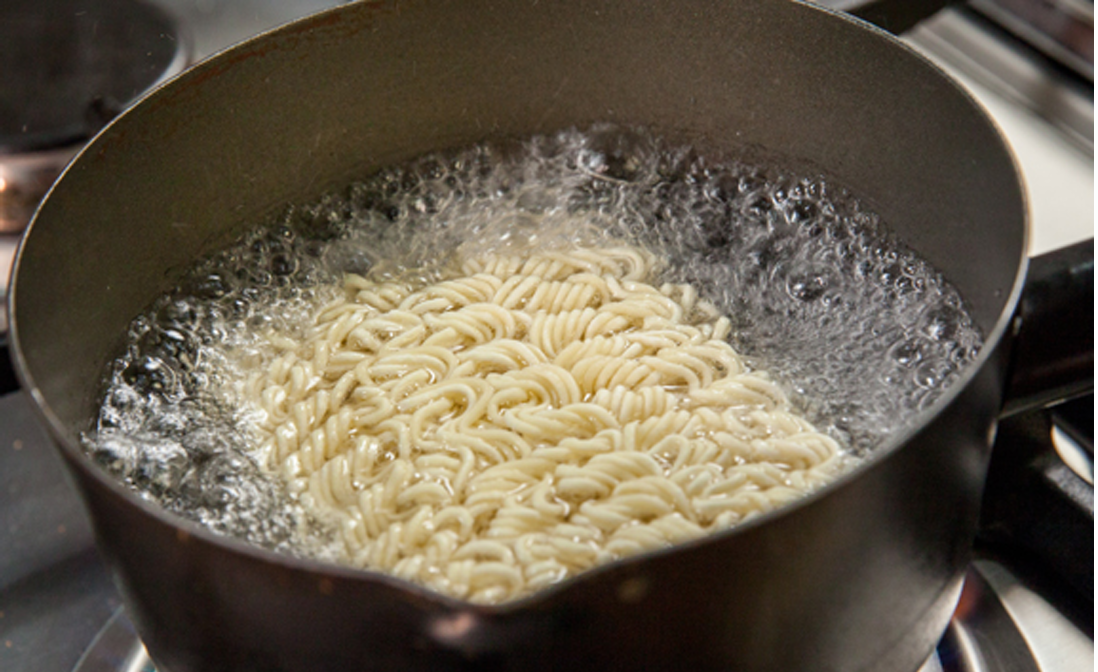11-Modes of Heat Transfer
Completion requirements
6. Convection
Convection refers to any transfer of thermal energy by motion of a medium.
The rate equation or the convective heat transfer (regardless of particular nature) between a surface and an adjacent fluid is prescribed by Newton’s law of cooling. \[\boxed{Q=hA(T_s-T_\infty)}\] where
| \(Q\) | = | Rate of heat transfer (W) |
| \(A\) | = | Area exposed to heat transfer (m\(^2\)) |
| \(T_s\) | = | Surface temperature of solid (\(^\circ\)C) |
| \(T_\infty\) | = | Fluid temperature (\(^\circ\)C), and |
| \(h\) | = | Heat transfer coefficient (W/m\(^2\).\(^\circ\)C) |
\[\boxed{h = f (\text{geometry, fluid motion, fluid properties, $\Delta T$})}\]
Forced vs. Natural:
-
Forced convection refers to the case when the fluid is made to flow by some external agent, using a pump, fan, stirrer, etc.
-
Natural convection refers to fluid motion which naturally occurs from the heat transfer itself, due to buoyancy differences (“hot air rises...”).

Typical values of heat transfer coefficient [W/(m\(^2\).)]:
| Free convection | gases: 2 – 25 |
| liquids: 50 – 100 | |
| Forced convection | gases: 25 – 250 |
| liquids: 50 – 20,000 | |
| Boiling/Condensation | 2500 – 100,000 |

Boiling water has a higher heat transfer coefficient than subcooled water.
